
Greencore’s desire to penetrate the US supermarket sector was the prime motivation for its £600m acquisition of Peacock Foods announced this week, according to CEO Patrick Coveney.
Coveney told The Grocer Greencore was looking to replicate its UK position in the US by developing a strong presence in grocery.
Greencore’s existing $325m of US sales come primarily via Starbucks and 7-Eleven. This figure would increase to $1.3bn as a result of the acquisition, and US revenues would grow to 45% of Greencore’s sales from its current 15%.
“Peacock’s business is very much focused on the grocery channel, but it serves them not through the retailer brands as we do in the UK, but through longstanding partnerships with big CPG brands that have much more influence, control and shelf space in US grocery than is typically the case in the UK,” Coveney said.
He said he had been in talks with the Peacock management team since March and specific acquisition talks since June. He added that Brexit changed the terms of the deal, but never threatened to derail it.
“With the significant devaluation of the pound the business became more expensive, but, balancing that, revenue streams and cashflows became more valuable because they’re denominated in dollars,” he said. “We basically end up with a bigger business that we have to pay more for.”
Greencore will fund the US $747.5m (£594.3m) acquisition via a fully underwritten rights issue to raise £439.4m and new debt facilities of £200m.
UK-based suppliers were seeing an increase in costs as a result of the pound’s devaluation. For the first time in three or four years there is real inflation in UK food,” Coveney said, pointing not just to currency but to “significant inflation in dairy”.
He added Greencore would look to mitigate cost increases through internal efficiencies, but this would not be sufficient to fully absorb rising costs. “It’s not our style to get involved in public fights about pricing,” he said. “We’ll work through with our suppliers and our own teams and customers to find the right way of mitigating that impact.”







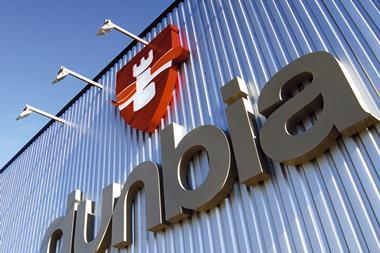
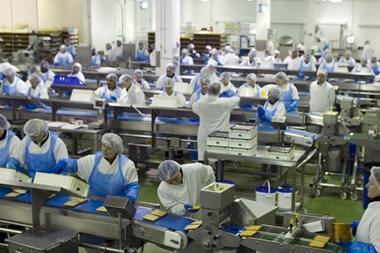
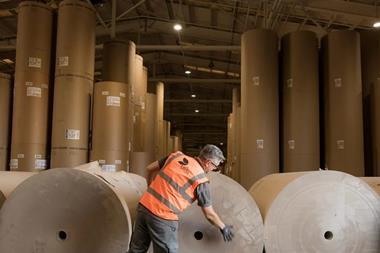

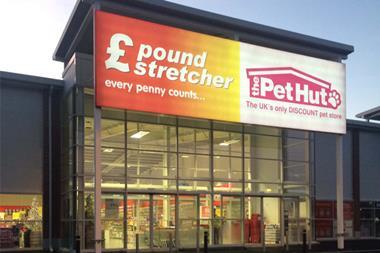

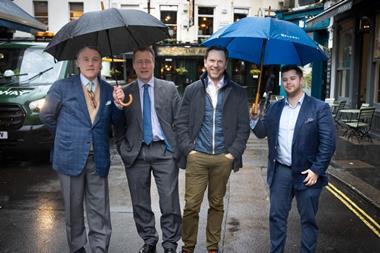
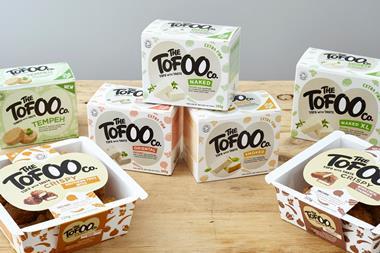
No comments yet